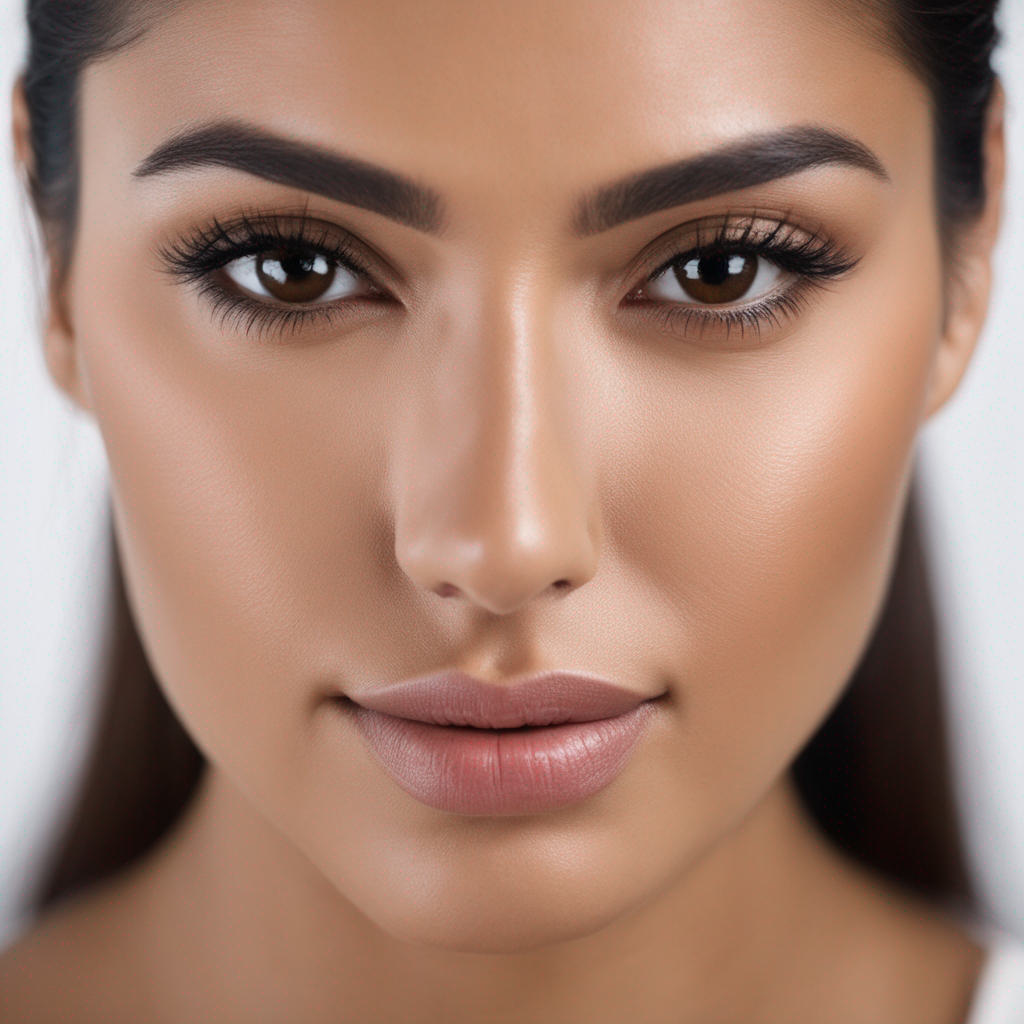Breast implants are a popular and increasingly widespread cosmetic procedure that can help women feel more confident in their appearance. Breast implants are designed to enhance the size and shape of the breasts, making them look fuller and more symmetrical. The procedure is relatively simple, but it can have both positive and negative effects on the body. It is important to be aware of all potential risks before undergoing breast implant surgery.
In this article, we will discuss the benefits of breast implants, including design and performance improvements, as well as potential risks associated with them over time. We will also talk about saline rupture and how to make your implants last longer. Finally, we will explore alternative solutions for those who do not wish to undergo breast implant surgery.
By understanding the pros and cons of breast implants, you can make an informed decision about whether or not they are right for you.
Benefits of Breast Implants
Breast implants are a popular cosmetic surgery option for women looking to enhance their appearance. They can increase the size and shape of the breast, providing a more aesthetically pleasing look. In addition to these aesthetic benefits, there are also several medical benefits associated with breast implants.
Design and Performance Improvements
Modern breast implants are designed to be both safe and effective. They are made from materials that are non-toxic, biocompatible, and durable. The implant shells are designed to provide maximum support and stability while minimizing the risk of rupture or displacement. In addition, the gel used in silicone implants is formulated to be softer than traditional saline implants, resulting in a more natural feel and look. This improved design has led to an overall improvement in performance when compared to older models.
Increased Risk Over Time
Although breast implants can provide many benefits, it is important to remember that they do come with some risks. The most common risk associated with breast implants is an increased risk of capsular contracture over time. Capsular contracture occurs when the body’s natural response to the implant causes scarring around the implant, which can lead to hardening of the surrounding tissue and discomfort or pain in the area. This risk increases with age as well as with certain types of implants such as silicone gel-filled implants.
Malposition
Another potential risk associated with breast implants is malpositioning. This occurs when the implant shifts out of position after placement due to improper placement or movement of the implant during recovery. Malpositioning can cause asymmetry in the breasts or a visible ripple effect on the surface of the skin due to uneven distribution of pressure on the implant shell. It is important for patients to discuss any concerns about malpositioning with their surgeon before undergoing any procedure.
Other Problems That May Occur
In some cases, patients may experience other problems related to their breast implants such as infection, inflammation, or allergic reactions due to an incompatibility between their body and the material used in their implant. These issues can be addressed by removing or replacing the affected implant(s) depending on severity and type of issue present. It is important for all patients considering breast augmentation surgery to understand all possible risks before making a decision about whether or not it is right for them.
Saline Rupture
Saline implants are filled with a sterile saltwater solution, and the risk of rupture is much higher than with silicone implants. Saline implants are more likely to rupture due to aging, trauma, or changes in the body that can cause the implant shell to weaken. When a saline implant ruptures, the saltwater solution is quickly absorbed by the body and expelled naturally through urine. This means that when a saline implant ruptures, it will deflate quickly and you will notice an immediate change in your breast size.
Signs of Saline Rupture
If you have saline implants, it is important to be aware of any changes in your breasts that may indicate a rupture. Common signs of saline implant rupture include: sudden deflation of one or both breasts; pain or tenderness in one or both breasts; asymmetry between the two breasts; rippling or wrinkling on the surface of the breast; changes in nipple sensation; and fluid leakage from the implant site. It is important to get any changes checked out by your doctor as soon as possible, as a timely diagnosis can help ensure that any complications are addressed quickly and effectively.
Diagnosing Saline Rupture
If you suspect that one of your saline implants has ruptured, it is important to get it checked out by your doctor right away. Your doctor will perform a physical examination and use imaging tests such as an ultrasound or MRI to confirm whether or not there has been a rupture. If there has been a rupture, your doctor will recommend that you have your implant surgically removed and replaced with a new one. Depending on your individual situation, they may also recommend additional treatments such as antibiotics or other medications to reduce inflammation or infection at the implant site.
How to Make Your Implants Last
Breast implants are a safe and effective way to enhance the size and shape of your breasts, but they do require some maintenance in order to ensure that they last as long as possible. Here are some tips for making sure your implants last:
Follow Post-Op Instructions
It is important that you follow all post-operative instructions provided by your surgeon. This includes taking any medications prescribed by your doctor, avoiding strenuous activities, and being careful about how you sleep. It is also important to attend regular checkups with your doctor so that any problems can be addressed quickly.
Avoid Smoking
Smoking can reduce the amount of oxygen in the body, which can interfere with healing after surgery. It can also cause other health problems that may affect the longevity of your implants. It is best to avoid smoking altogether or at least cut back if you do smoke.
Be Mindful of Sun Exposure
Excessive sun exposure can lead to discoloration and sagging of the skin around the implant area. Be sure to use sunscreen when outdoors and wear protective clothing such as hats or long sleeves when possible.
Maintain a Healthy Weight
Being overweight or obese can put extra strain on the implant area, leading to increased risk of rupture or malposition over time. Maintaining a healthy weight will help keep your implants in good condition for longer.
Limit Activities That Put Stress on Implants
Activities such as heavy lifting or strenuous sports may put extra strain on the implant area and increase the risk of complications over time. If you engage in these activities, it is best to limit them as much as possible or take extra precautions such as wearing a supportive bra during physical activity.
By following these tips, you can help ensure that your breast implants last for many years to come.
Fat Transfer
One popular option is fat transfer, which involves taking fat from other parts of the body and transferring it to the breasts. This option is often favored because it does not involve any foreign material, such as silicone or saline, being placed in the body. Additionally, fat transfer can provide a more natural look and feel than implants. However, this procedure may not be suitable for all patients due to the amount of fat that must be removed from other areas of the body. Additionally, fat transfer results may not be as long-lasting as implant results.
Breast Lift
Another alternative solution is a breast lift. A breast lift is a surgical procedure that tightens the skin around the breasts and lifts them up to create a more youthful appearance. This procedure does not involve any foreign material being placed in the body and can help improve sagging or drooping breasts without increasing their size significantly. However, this procedure may not be suitable for those who want to increase their cup size significantly.
Non-Surgical Options
Finally, there are some non-surgical options available for those looking to enhance their breasts without surgery. These include various creams and lotions that claim to tighten and firm the skin around the breasts, as well as supplements that claim to increase breast size naturally over time. However, it’s important to note that these non-surgical options have not been proven effective in clinical studies and should be used with caution.
Ultimately, when considering alternative solutions for breast enhancement, it’s important to consult with your doctor or plastic surgeon about what option will best meet your goals while still providing safe results that will last long-term.












